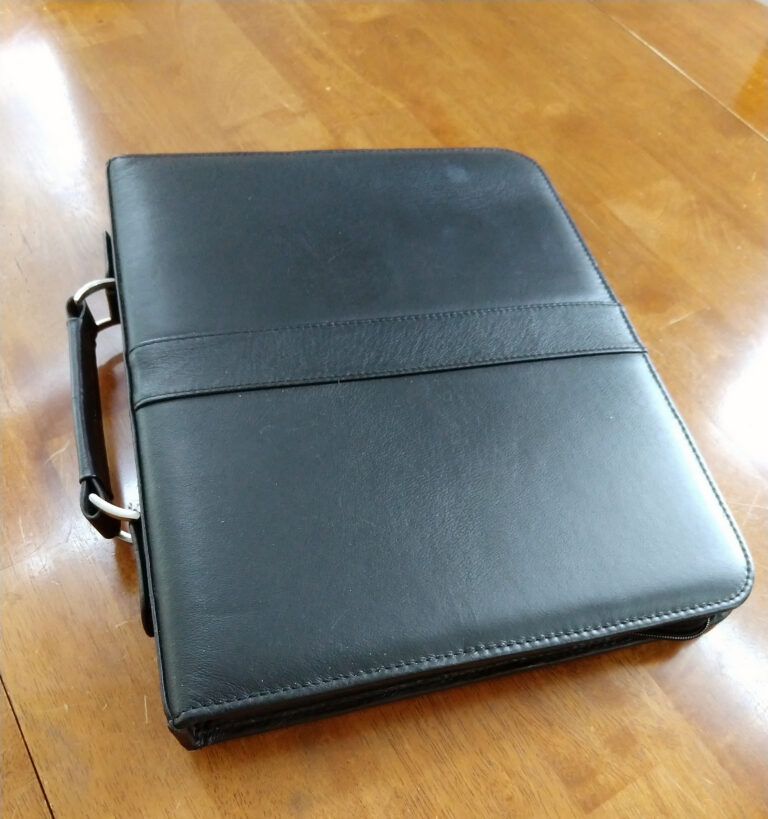I wrote an arts advocacy article recently for a company that does school art related fundraisers. I could have written it in my sleep. I am not going to preach to the choir, I know my audience and I know you all see the value in arts education. I’m writing this for every new, old, and in between art teacher who is being laid off in the wake of Covid-19. I see layoffs every where in my home state of Massachusetts (I’m looking at you Pembroke, Brockton, Winchendon, Franklin, Palmer, etc). Every art teacher should read this because to be an art teacher is to live a career with less stability than your peers.
I speak from experience when I say, I know the anguish of being laid off. It happened at the end of my 11th year of teaching when the largest town withdrew from the regional school district I worked. It was difficult to go through and it altered the path of my career. I am writing to share some wisdom about what I wish I had known and tips on how to survive (and then thrive) in the wake of a layoff.
Prepare. Don’t think it can’t happen to you. Anyone can find themselves unexpectedly job shopping. A principal that rubs you the wrong way, budget cuts, loss of a classroom space, or maybe your dream job opens up. You just never know. So, the first step is to refresh your resume (you do have a resume, right?) every year or two. The second thing is to document your teaching and lessons. Take the time to photograph your student work, in progress and completed. Use that camera to photograph still lifes, your room, art club activities, art displays, guest speakers, art shows, etc. These pictures can serve many purposes but in a job search those pictures will be you art education portfolio corner stone. Ideally, spend time each summer updating your art education portfolio and professional website.
I also encourage art teachers to teach as many art media and levels as possible. Over my career I have taught middle school grade 6,7, and 8. I have taught at the high school level a variety of classes including beginner classes, Art II, Art III, and Art IV, Digital Art and Design, Photography, Ceramics, AP Drawing. AP 2D and AP 3D. Within those classes I have taught countless media including printmaking, plaster, glass fusing, bookmaking, enameling, etc. I was once even offered a job that included teaching digital art before I had even touched image editing programs. The employer decided I was “the right fit for the school.” I apparently emitted a confidence and can do spirit. Let me tell you, I didn’t always feel it. I learned on my feet in many instances and took advantage of many opportunities to reinvent myself as my career needed. I was a graduate of one of the finest ceramic programs in the world (Alfred University) but I had a secret. I didn’t know how to fire a kiln and I learned by contacting my local kiln shop (conveniently where I bought all my supplies) and asking for a lesson. Another tip is to be willing to advise clubs. Schools seem to be alway needing a yearbook advisor.
Look out for yourself. Be strategic in your career. There is a sweet spot in education where you are experienced but not too expensive. That sweet spot is different for different districts. Schools have a budget for teacher salaries to stay within. Hiring someone out of school is a savings that might allow them to hire an experienced Physics teacher down the road. An inconvenient truth is that art teachers are not hard to find. The flip side is, sometimes they have to look hard for a person who can meet all their needs.
Save. You know how the experts recommend that you have three months of salary on hand? It’s good advice. Have you financial act together. Unemployment is shockingly little but do apply if you are qualified. I was surprised to learn I could begin collecting even in the summer.
Grieve. Don’t feel bad about grieving the loss of your job. You develop relationships with children, families, coworkers, and a community. There is a lot of turmoil and it’s normal to feel anxious, overwhelmed, or depressed. Take the time to do what you need to care for yourself.
Be classy. Don’t talk poorly about your your current or past employer in person or on social media. As many teachers find out they are being laid off prior to the end of the school year, keep working. I have seen teachers phone it in, and that never sits well or speak highly of your character.
Get Moving. Ask for recommendations. Pack your personal teaching supplies. File for unemployment if applicable. Backup teaching files. If your school uses Google Drive when your school drive is gone, all the shared files are deleted. There are plenty of instructions and YouTube videos to coach you through this. Most teachers bring in a lot of personal items and it’s always wise to label them, books in particular. Start in advance taking things home and be transparent and honest about what is yours. Be sure you take email addresses and phone numbers of coworkers and other work contacts.
Your immediate to-do list to start your job search will look something like this:
- Put your recommendations in order and ask your current employer for a written recommendation. Your principal or your department chair are your most likely sources. Generally, you will need three. Make copies.
- Update or make your resume. Make copies.
- Update or create your art education teaching portfolio.
- Update or create your professional website.
- Put together an interview outfit.
- Watch the want ads and update your accounts on employment sites.
- Prepare for interviews.
- Ask friends, families, and colleagues to help keep an ear out for job leads.
Think outside the box. Look at private schools, museum education programs, colleges, after school art programs, community centers, etc. If you’re flexible, look near and far for your position.
I know being laid off feels terrible and I don’t mean to suggest it isn’t. At the same time it is also an opportunity to grow and change. You could end up with a better job, a shorter commute, a raise or your dream classroom. Survive then thrive.




